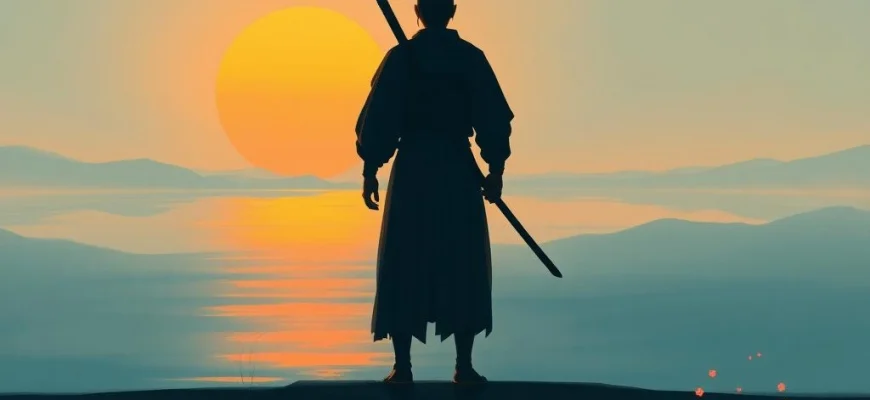If you loved the unique blend of philosophy, action, and solitude in 'Ghost Dog: The Way of the Samurai,' you're in for a treat. This article explores 10 movies and shows that capture the same meditative yet thrilling essence, perfect for fans of introspective crime dramas and samurai-inspired storytelling.

Harakiri (1962)
Description: A masterful examination of honor, hypocrisy, and revenge in samurai culture, with deliberate pacing building to explosive violence.
Fact: The film's bamboo sword scene is considered one of the most intense in cinema history. It was the first Japanese film to win the Special Jury Prize at Cannes.
 Watch Now
Watch Now 
The Sword of Doom (1966)
Description: A morally ambiguous swordsman descends into madness, featuring stunning black-and-white cinematography and themes of karma and inevitable violence.
Fact: The abrupt ending was intended to be the first part of a trilogy that was never completed. The lead actor actually trained in real sword fighting for the role.
 Watch Now
Watch Now 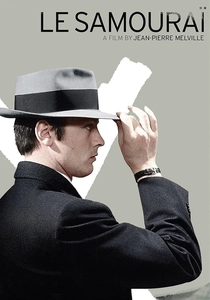
Le Samouraï (1967)
Description: A minimalist crime thriller featuring a lone, disciplined assassin who follows a strict personal code, blending existential themes with a stoic protagonist.
Fact: The film's iconic trench coat and fedora look influenced countless future noir and assassin films. It was initially banned in some countries for its perceived glorification of crime.
 Watch Now
Watch Now 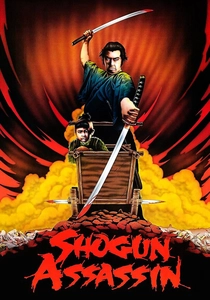
Shogun Assassin (1980)
Description: A wandering warrior protects his child while dispensing brutal justice, combining poetic narration with graphic sword violence in a feudal setting.
Fact: The film was edited together from two Japanese Lone Wolf and Cub movies. Its English dub became a cult favorite among hip-hop artists.
 Watch Now
Watch Now 
Lady Snowblood (1973)
Description: A lone female warrior exacts vengeance with swordplay, embodying themes of honor, destiny, and the cost of violence in beautifully choreographed sequences.
Fact: The manga adaptation was created by the same writer as Lone Wolf and Cub. The film heavily influenced Quentin Tarantino's Kill Bill series.
 Watch Now
Watch Now 
Oldboy (2003)
Description: A story of revenge and personal codes of honor, featuring intense, stylized violence and a protagonist trapped in a mysterious, brutal world.
Fact: The famous hallway fight scene was shot in one continuous take. The film's twist ending is considered one of the most shocking in cinema history.
 Watch Now
Watch Now 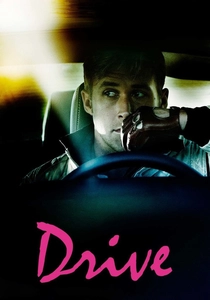
Drive (2011)
Description: A quiet, skilled loner with a moral code navigates a violent underworld, emphasizing atmospheric tension and sudden bursts of brutal action.
Fact: The film's synth-heavy soundtrack became a cultural phenomenon, reviving interest in 1980s-style electronic music. The scorpion jacket worn by the protagonist sparked a fashion trend.
 Watch Now
Watch Now 
The Man from Nowhere (2010)
Description: A withdrawn but deadly protagonist with a dark past emerges to protect an innocent, showcasing brutal hand-to-hand combat and a personal redemption arc.
Fact: The climactic knife fight took three weeks to film. It became the highest-grossing Korean film of
 Watch Now
Watch Now 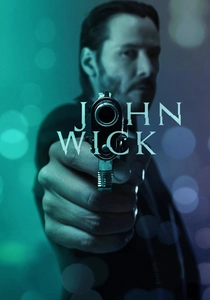
John Wick (2014)
Description: A retired assassin returns to violence with precise, balletic action sequences, all driven by a personal code and honor system within a criminal underworld.
Fact: The film's unique gun-fu fighting style was inspired by Japanese samurai sword techniques. The pencil scene was based on a real special forces training exercise.
 Watch Now
Watch Now 
The Villainess (2017)
Description: A trained killer seeks independence from her controllers, featuring first-person action sequences and themes of personal agency versus institutional control.
Fact: The opening motorcycle chase was filmed in a single continuous shot. The lead actress performed all her own stunts.
 Watch Now
Watch Now 
